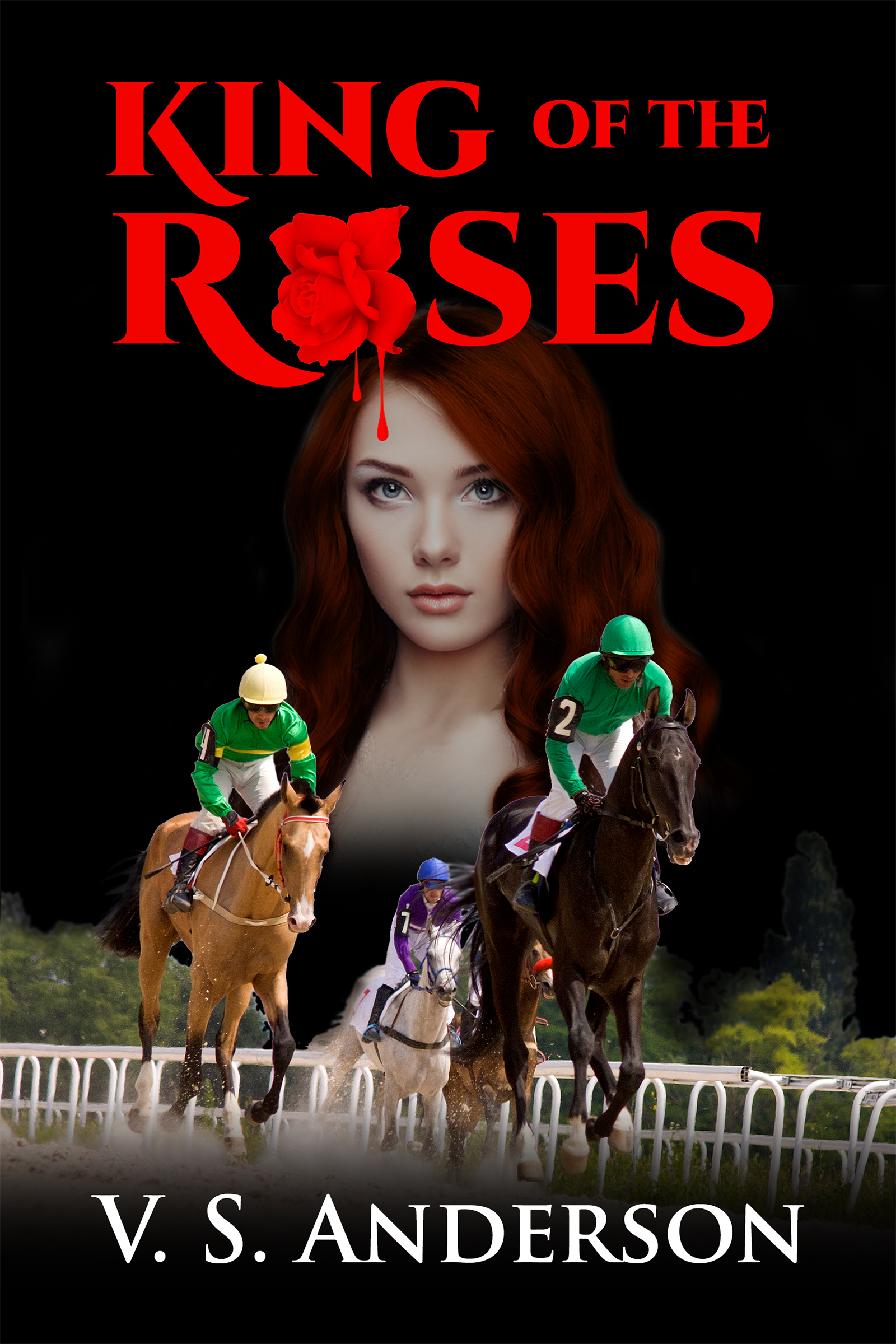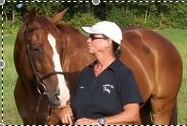 We fiction, memoir, and essay writers are all bombarded—understandably—with the need to SHOW, not tell. The temptation to tell rather than show—at its simplest level, to write “he felt sad” rather than letting his actions and dialogue reveal his reactions—haunts us all. It’s easier: We don’t have to hunt for ways to describe expressions and behaviors. And after all, “he felt sad” takes up a lot less space than “The room around him seemed to darken, the sounds of cheerful conversation to slow to dirge-like rhythms.” And hey, will readers interpret such descriptions the way you intended? Maybe the guy is just having a heart attack.
We fiction, memoir, and essay writers are all bombarded—understandably—with the need to SHOW, not tell. The temptation to tell rather than show—at its simplest level, to write “he felt sad” rather than letting his actions and dialogue reveal his reactions—haunts us all. It’s easier: We don’t have to hunt for ways to describe expressions and behaviors. And after all, “he felt sad” takes up a lot less space than “The room around him seemed to darken, the sounds of cheerful conversation to slow to dirge-like rhythms.” And hey, will readers interpret such descriptions the way you intended? Maybe the guy is just having a heart attack.
Hardest of all may be recognizing when we’ve slipped into telling. In my writing group, we all get called on it regularly.
One exercise I’ve found extremely useful in helping me recognize telling is the SCREENPLAY exercise: convert a troublesome scene to screenplay format.

Why does this work? For me, it works because, unless you allow yourself the indulgence of a voice-over, filmgoers must rely on action and dialogue to interpret characters’ moods and thoughts and to understand what’s going on.
The rules are simple: at no point in the conversion of your scene can you indicate in your stage directions that “he thought” or “he worried” or “he felt—afraid, tired, hopeful, disappointed.” You may never enter your character’s mind. After all, your audience can’t. They can only see and hear what’s on the screen.
Too stifling? Surely in a mystery, for example, the character has to speculate internally about the meaning of clues. In a romance, the protagonist has to tell us of her ecstasy. Well, maybe. The screenplay exercise can clarify just how much telling we really have to include.
For a sense of what this exercise can contribute, here are a few lines from my novel King of the Roses and the corresponding lines structured as a screenplay.  Note that I converted the whole book, a choice that requires me to scrutinize every word because screenplays are radically length restricted (a 358-page book becomes a 100-page play). But casting individual scenes can provide some of the same benefits.
Note that I converted the whole book, a choice that requires me to scrutinize every word because screenplays are radically length restricted (a 358-page book becomes a 100-page play). But casting individual scenes can provide some of the same benefits.
Set-up: A criminal who demands that Chris hold the Derby favorite finds Chris alone in a restaurant and escalates his threats. The criminal speaks the first line.
From the novel:
“I tried to get a hold of you last night. Why didn’t you answer the phone?”
“I was out.”
“No you weren’t. You just didn’t answer the phone. This isn’t a little romance we have here. This is business. What about it?”
Chris felt his spine crawl as if he were already dead, with demons dancing on his grave. The man stared at him steadily, tilting his head a little so that Chris could see his white, speckled scalp where his hair thinned on top.
“So when would I get paid?”
“You jocks is all the same. Money, money.”
“I haven’t seen any money.”
The man’s lower lip went on curling, but his eyes hardened. He stood up suddenly, clutching his overcoat to his paunch.
“I’ll tell you one thing I bet you have seen,” he said. “I bet you’ve seen what a jock looks like when he falls off in a race and gets his face stepped on. I bet you’ve seen that. Huh?”
From the screenplay:
BALDING MAN
I tried to get hold of you last night. Why didn’t you answer your phone?
CHRIS
I was out.
BALDING MAN
This isn’t a little romance we have here. This is business.
CHRIS
So when would I get paid?
BALDING MAN
You jocks is all the same. Money, money, money.
CHRIS
I haven’t seen any money.
The man stands, clutching his coat to his paunch.
BALDING MAN
I tell you one thing I bet you have seen. I bet you seen what a jock looks like when he falls off and gets his face stepped on. I bet you seen that, huh?
So what has this exercise done for me? Above all, it has forced me to look really hard at the inner reactions I’ve chosen to include in the prose-narrative format. Obviously they aren’t essential to meaning. I get to ask myself whether they add enough to justify the departure from action, from showing.
So the conversion allows me to see where my dialogue on its own takes readers. It also forces me to find the actions that express the characters’ reactions. I have to convert feelings into motion. Once discovered, these motions and actions can go back into my prose.
Again, you don’t have to go this spare. But you might make decisions about where to cut and where to add with more insight if you’ve tried the bare-bones telling that screenplays require.
You don’t need fancy software to do this. For the actual screenplay, I used Microsoft Word’s “styles” to create the various format patterns screenplays require. (The formatting didn’t translate directly into this blog post.) By the way, learning to use “styles” helps when you convert your Word document into the format for various e-publishing contexts. The important thing, however you structure your exercise, is to remember: no “feelings.” Just things viewers can see: action and dialogue.






I deem the fascists rule “show, don’t tell” foul and abominable; consequently, there is no way I will be deterred from telling shamelessly and deliberately by any of your propaganda.
LikeLike
Okay by me. 🙂
LikeLike
I personally think that the beauty of books, is that it offers us more insight into the character’s head. I feel it is alright to show a character’s feelings through physical reactions. In movies, unless the acting is superb, you can’t always guess what they’re thinking or feeling. In a good movie, yes, but even then, things can be misinterpreted, or debated about for years. But some things characters feel physically, aren’t always visible to the naked eye. A particular character might be good at hiding how he feels. It’s a delicate balance I think, between book and movie
LikeLike
One thing I recall from when I was researching screenplay craft was the advice to “let your actors act.” In other words, don’t tell them every little move; let them bring their own invention to the process. When a good actor does that, it conveys the kind of information you’re talking about, I think. My current WIP is first-person, so I have to really guard against spending too much time in her head. Thank goodness for my writing group!
LikeLiked by 1 person
Yeah, it’s hard to not ramble off in thoughts forever. I think readers appreciate it more. Unless your character is that kind of character. Yes, good actors will take what they know about their character and convey it to the audience. But even then, the writer of a screenplay is only one tiny piece. There’s so many people playing around with the script, who knows if the true intentions ever come out? It’s an interesting balance. And sometimes, things in movies need to be hidden from the audience anyway until a certain time. Psh I could probably talk all day about this. But for me, showing v telling took a LONG time to figure out. I could never wrap my head around the explanations. I don’t really know when it clicked. It’s still hard sometimes.
LikeLike
Yes, that’s exactly what I do. I think about what it would be like to watch a movie of what’s going on in my scene. Another thing I do to prevent telling, is to take the word that I want to use, say for example, “horrified.” And break it down. How does a person look and feel when they’re horrified? Heart racing, eyes wide, shortness of breath, maybe frozen in place, that crazy shooting fear that creeps up your body. So in the 2nd draft, I would identify those words, and fix them., if I didn’t do it in the first draft.
LikeLike
I need an index of words like that! I’ve seen some infographics on some sites that provide ideas for depicting emotions. Better than a thesaurus sometimes!
LikeLiked by 1 person
I have that same problem, I want to type the word fear or angry. I have a habit of doing that, then I have to backtrack and redo what I wrote. For example, in my story, the conquered soldiers are now prisoners and I gravitate toward fear. I guess there isn’t a replacement word, you have to create what the person looks like. Please reply if you don’t mind.
LikeLiked by 1 person
I’ve found that sometimes metaphors help. “He felt as if. . . .” You can get carried away with these, I’ve found from experience, but if you use them judiciously, they can add to your descriptions. Of course, they wouldn’t work in a screenplay! There, you need actions! Maybe someone who’s been captured and is afraid shrinks back every time someone walks by–or is constantly scratching at the walls as if trying to claw out. . . . Just ideas! Good luck!
LikeLike
Thanks I will try it.
LikeLike
That’s some great advice! I haven’t written screenplays before, but I have done a bit of playwriting––and I’ve found that it helps me a lot to think about showing vs. telling, since all the emotion and subtext has to be shown through actions and dialogue.
LikeLiked by 2 people
Writing that screenplay was a terrific exercise in concision! Hitting those 100-120 pages took a huge amount of discipline. I’m an inveterate over=writer, so I need a reality check like that once in a while. Have you ever converted a story to a play?
LikeLike